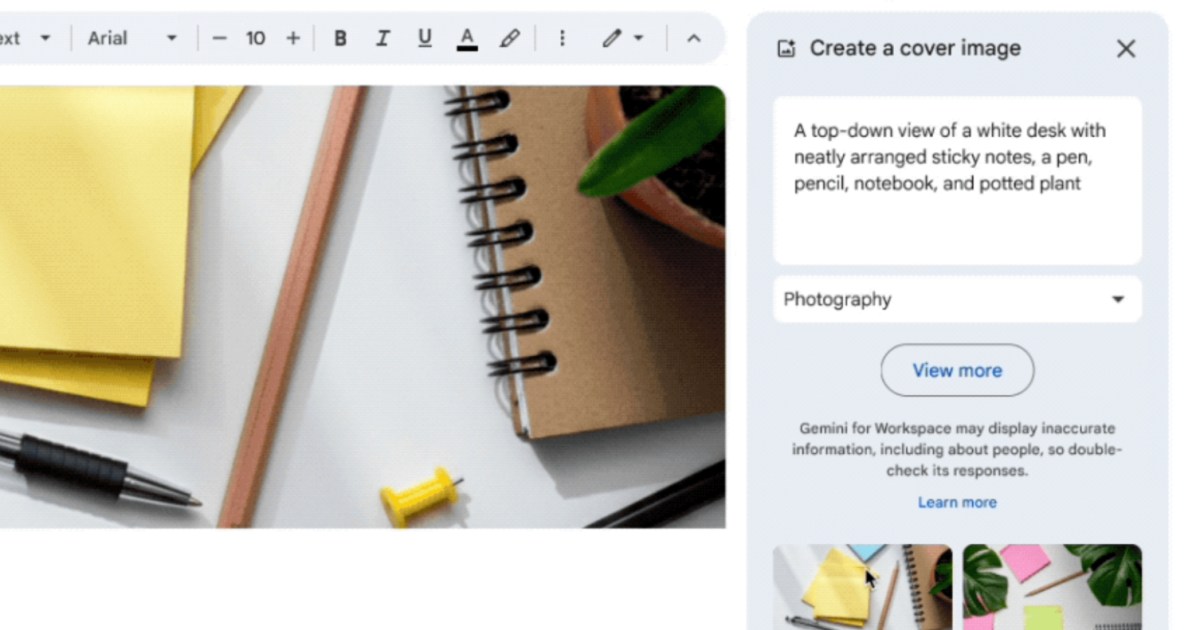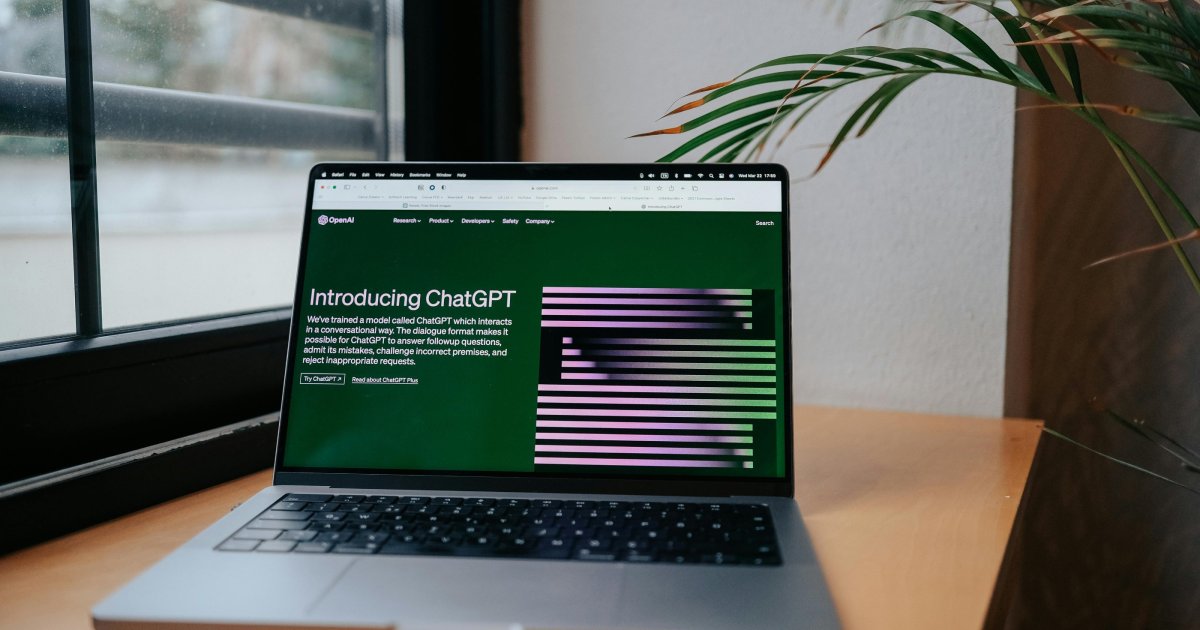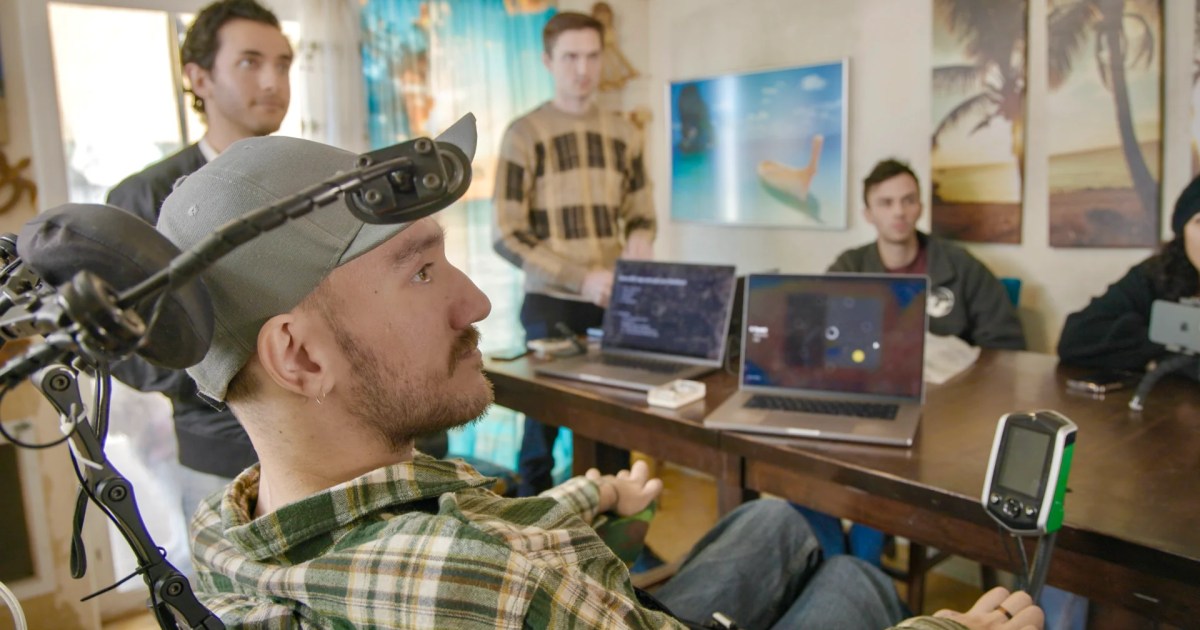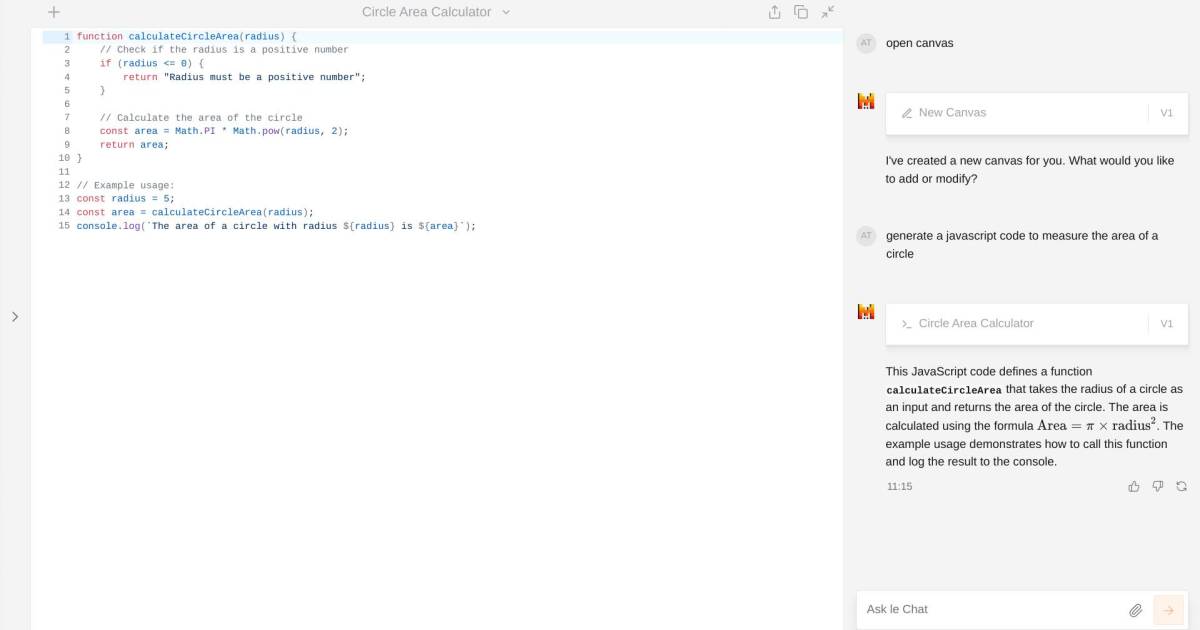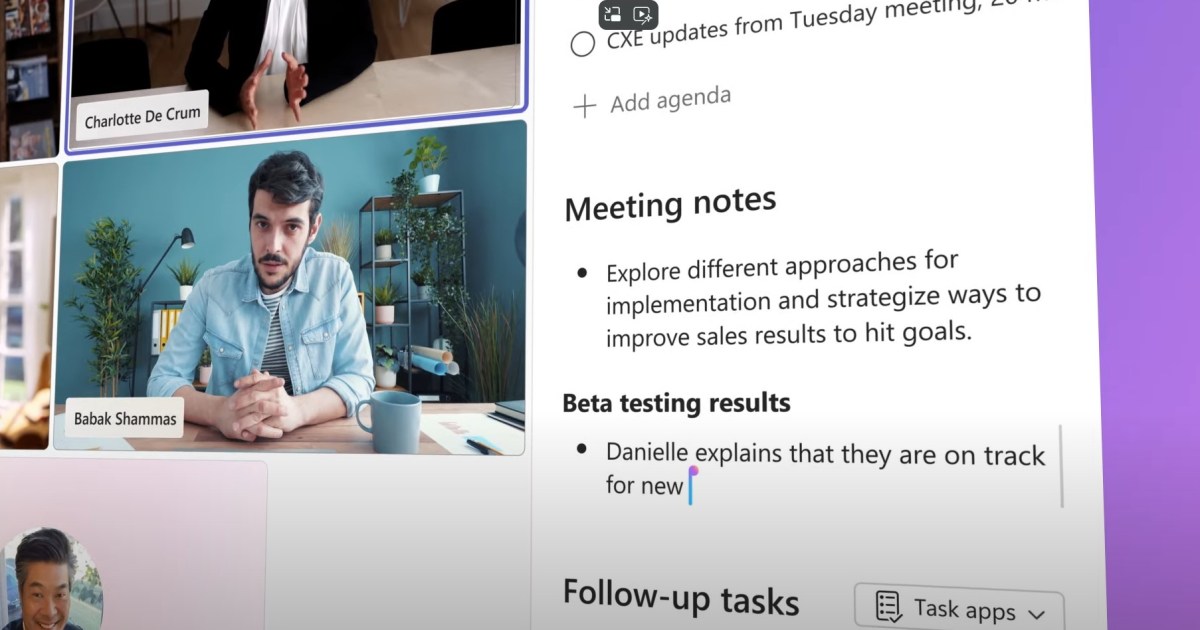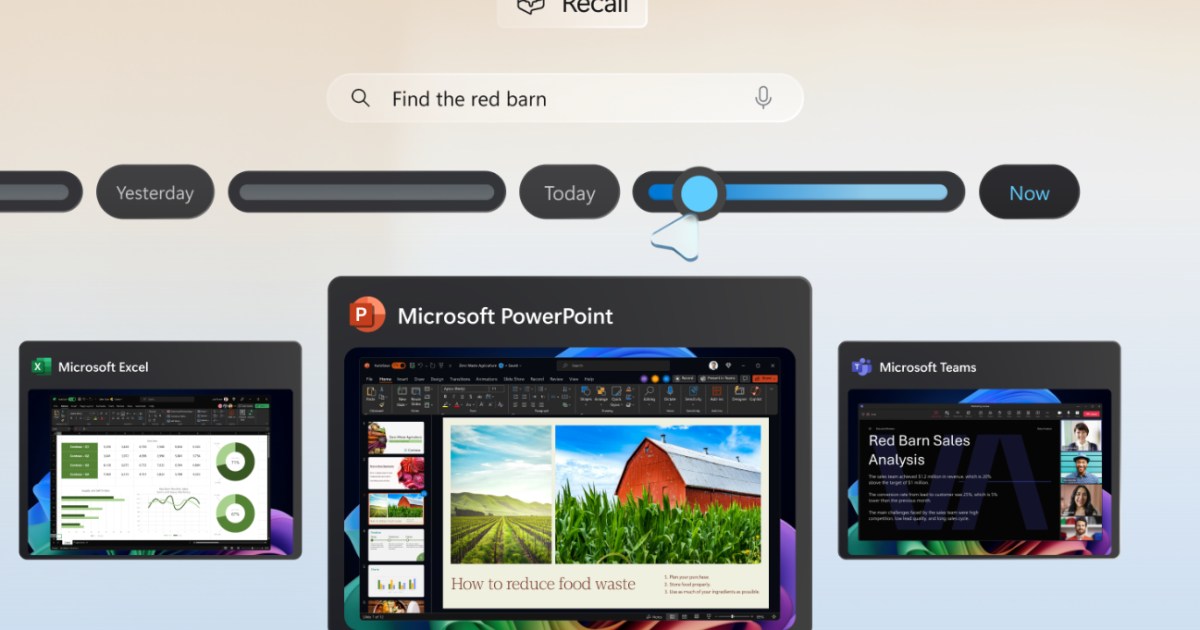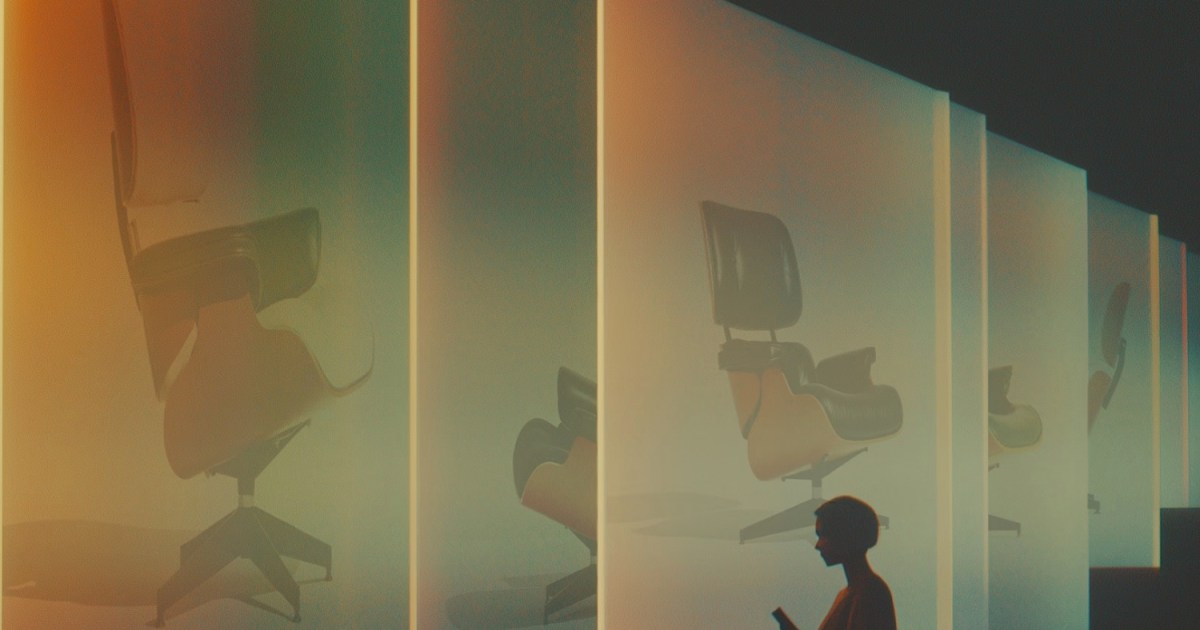AI-powered image generation is becoming increasingly integrated into everyday applications. Google recently announced that Gemini, its advanced AI model, will soon be directly incorporated into Google Docs, enabling users to create images within their documents. This new feature builds upon the introduction of stock cover photos in Google Docs earlier this year, but with a significant twist: users can now generate their own custom, AI-based imagery.
Google emphasizes the democratizing potential of this feature, stating that it “empowers everyone, regardless of artistic skill, to create differentiated and visually compelling content.” The aim is to facilitate clearer communication of ideas without the need for extensive image searches. This functionality leverages Imagen 3, the same cutting-edge model powering Gemini itself, and allows for image placement both as cover photos and inline within the document.
 A screenshot of Gemini in Google Docs being used.Alt: A screenshot illustrating the Gemini AI image generation feature within Google Docs.
A screenshot of Gemini in Google Docs being used.Alt: A screenshot illustrating the Gemini AI image generation feature within Google Docs.
Google suggests several practical applications for this technology, including creating visuals for restaurant menus, marketing campaign briefs, and promotional flyers. Similar to other AI image generators, users can input a text prompt and then customize the generated image by adjusting aspect ratio and style.
A New Era of Digital Clip Art?
The integration of readily available imagery into documents isn’t entirely new. The late 1990s saw the widespread use of clip art in Word documents, a trend that eventually faded. Google’s new feature evokes a similar dynamic, potentially encouraging the proliferation of AI-generated imagery in documents and marketing materials. Interestingly, the indication that Gemini AI is being used for image generation is subtly presented, with the menu option simply labeled “Help me create an image.”
The rapid advancement of AI-generated images is undeniable. The transition from easily identifiable and often flawed AI art to incredibly realistic images has been remarkable. However, generating specific and aesthetically pleasing results with AI tools often requires patience and meticulous adjustments. Tasteful application necessitates a discerning eye and careful consideration, much like the strategic use of clip art—a practice with a mixed legacy.
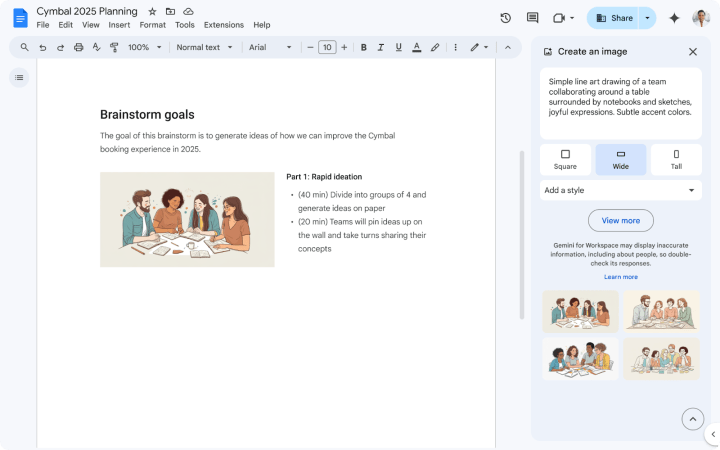 A screenshot showing the new Gemini in Google Docs feature.Alt: A Google Docs screenshot showcasing the user interface for the new Gemini AI image generation feature.
A screenshot showing the new Gemini in Google Docs feature.Alt: A Google Docs screenshot showcasing the user interface for the new Gemini AI image generation feature.
Availability and Access
While the widespread availability of such advanced AI features is exciting, it’s worth noting that this particular feature isn’t currently free. Access is limited to Google Workspace users with specific Gemini add-ons: Gemini Business, Gemini Enterprise, Gemini Education, Gemini Education Premium, or Google One AI Premium.
The rollout began on November 15th for “Rapid Release” users, with a broader “Scheduled Release” commencing on December 16th. This staggered approach allows Google to manage the integration effectively and ensure a smooth transition for users.
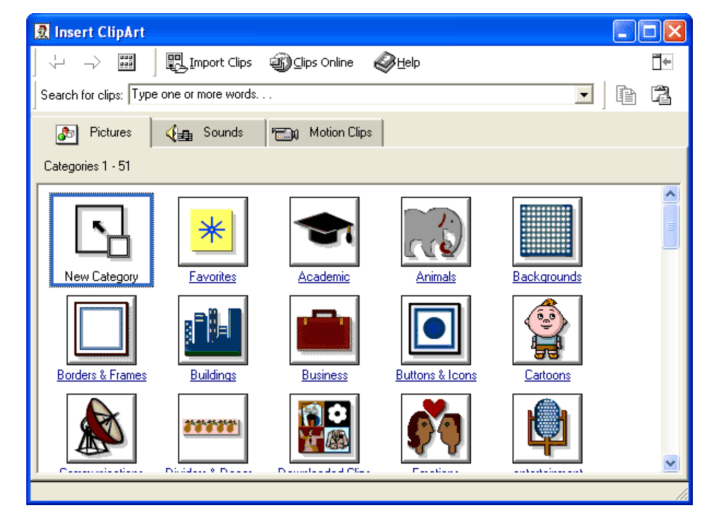 A clipart menu in Microsoft Word.Alt: A screenshot of the classic clip art menu from Microsoft Word, highlighting the historical context of readily available digital images.
A clipart menu in Microsoft Word.Alt: A screenshot of the classic clip art menu from Microsoft Word, highlighting the historical context of readily available digital images.
The Future of Visual Content Creation
The integration of Gemini AI into Google Docs signifies a notable step in the evolution of content creation. While the potential for overuse and stylistic missteps exists, the ability to generate custom imagery within a document workflow offers significant advantages for users seeking to enhance their communication and creative expression. The long-term impact of this technology on visual content creation remains to be seen, but it undoubtedly represents a powerful new tool for individuals and businesses alike.



